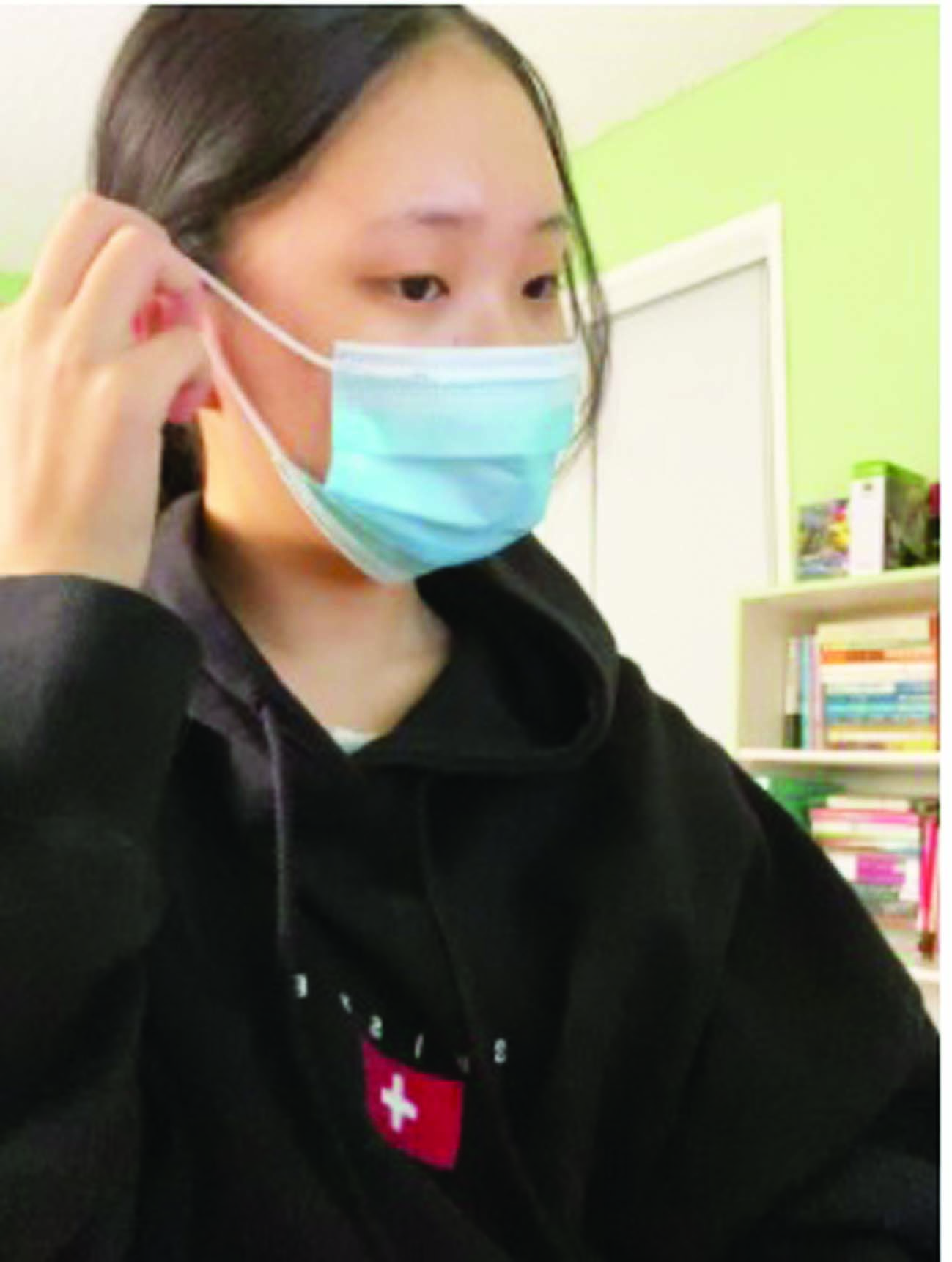A normal citizen’s life during COVID-19 might look something like this: wake up, eat breakfast, lounge about, do some work, maybe go for a walk, sleep. As students learn from home, and as most adults work either remotely or at their normal workplace with caution, LA citizens have adjusted quite well to this pandemic. However, those working in a more precarious industry, such as factories, may be having a slightly different experience.
It is obviously apparent that masks have become the new normal; you are more likely to receive stares from others if you don’t wear a mask compared to if you walked outside with no pants. And although citizens have become used to masks being a must-bring when going outside, many still haven’t developed a liking towards them. The dampness inside of our masks as we heave every breath may haunt us everytime we consider going outside. But, I’ve realized that some sweatiness and moistness in my mask is nothing I should be complaining about after learning what others have gone through.
Factory workers are, by no doubt, at constant higher risks of contracting COVID-19 than those in other jobs. Normal workplaces may have incorporated safety measures, such as hand sanitizer, mandated masks, and social distancing, however, factories, by nature, cannot integrate the third factor due to the mass number of people that work there. This ultimately raises some question as to whether factories should continue their business or not. For instance, Factory LA Apparel was forced to shut down after an outbreak of 300 cases and 4 deaths among its workers. Despite the employees wearing masks, they were unable to safely social distance in the cramped workplace, which ultimately risked many lives.
Not working at factories may seem like a simple and evident solution to this serious problem; if only things were that simple. It has been reported that there are over 45,000 garment workers in Los Angeles alone, and many of them are paid on average $5.15 per hour. A great number of these workers who risk their safety to work in these dangerous locations consist of women and immigrants from Mexico and Central America. Because their financial situations don’t give them the luxury of settling to work at safer locations with implemented protection measures, they must risk their lives each and every day to mass produce the masks we wear.
Thus, perhaps the next time we feel hesitant to put on our moisture-laden masks, we can bring to mind the fact that we are so fortunate to be able to comfortably live under a dry roof, eat three meals a day, and have access to proper sanitation luxuries that not everyone may have. If we become considerable and empathetic enough to think about this, maybe a mask isn’t so bad after all.

